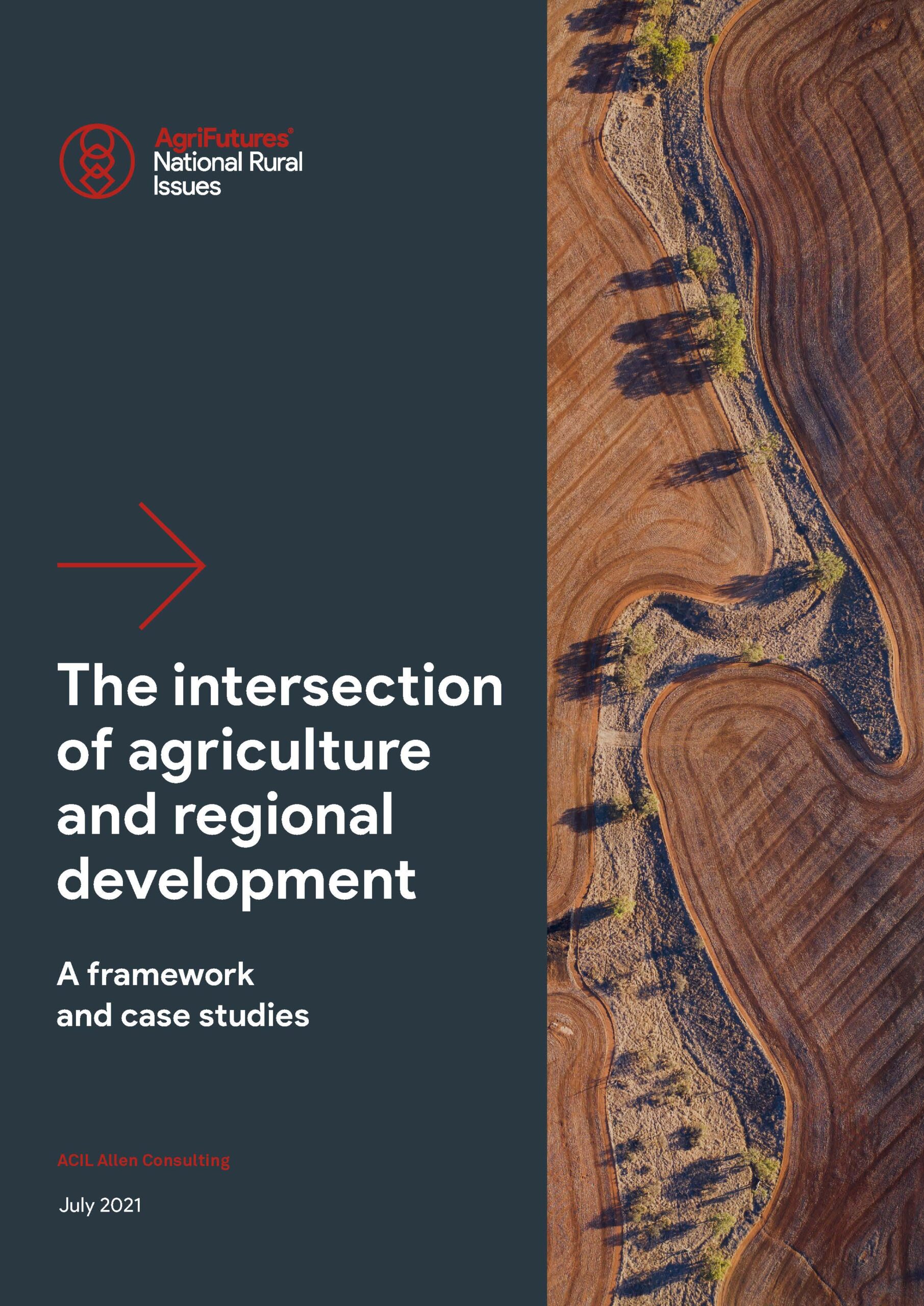For more than two centuries, Australia’s rural industries and regional towns and communities have jointly prospered through a long and interconnected relationship. Many of our rural, regional and remote towns were born as service centres for local farming, fishing and forestry businesses. In turn, the rural sector’s reliance on the regions for labour, inputs, connectivity, transport and infrastructure, to name a few, cannot be understated.
Though as regional towns have grown, so too has their reliance on other industries and services to fuel their economic growth and prosperity. Similarly, as agriculture pushes towards a target of $100 billion in farmgate value, it is being transformed by new consumer trends and increased adoption of new technologies and decision-making tools, and globalisation has broadened our world view.
Under constant change and evolution, it is fair to say that the interconnectedness between rural industries and the regions is no longer a given. In order to prosper, we need to better understand the relationship between the regions and rural industries, particularly the policy and economic drivers, and create alignment that supports mutual benefits, now and into the future.
To help us better understand this level of co-dependence and unpack what the future connectedness looks like, AgriFutures Australia engaged ACIL Allen to complete a practical study looking at the current intersection and explore rural industry needs and the corresponding solutions that regional Australia can provide.
The report aims to better inform industry, policy makers and all levels of government about the policy settings needed to broker this mutual benefit and identify gaps. This work is the culmination of significant industry and regional consultation and analysis of existing regional and rural industry policies and trends. On an industry-by-industry basis, it considers what the current and future needs are and the intersection with the specific regions in which they operate. Importantly, it includes a number of case studies that not only demonstrate the complexity of the interconnectedness between agriculture and regional development, but also the advantages to be gained and recommendations for change.





